Technological Advancements
The Nursing Care Market is experiencing a notable transformation due to rapid technological advancements. Innovations such as telehealth, electronic health records, and mobile health applications are enhancing patient care and operational efficiency. For instance, the integration of artificial intelligence in nursing care is streamlining patient monitoring and data management, which could potentially reduce errors and improve outcomes. According to recent data, the adoption of telehealth services has surged, with a significant percentage of healthcare providers incorporating these technologies into their practices. This shift not only improves access to care but also allows for more personalized treatment plans, thereby increasing patient satisfaction. As technology continues to evolve, its impact on the Nursing Care Market is likely to expand, fostering a more efficient and responsive healthcare environment.
Regulatory Changes and Standards
The Nursing Care Market is influenced by ongoing regulatory changes and the establishment of new standards aimed at improving patient care quality. Governments and healthcare organizations are increasingly implementing policies that mandate higher levels of care and accountability within nursing practices. These regulations often focus on patient safety, staff qualifications, and care delivery protocols. Compliance with these standards is essential for nursing care providers, as it not only affects their operational practices but also their ability to secure funding and reimbursement. As the regulatory landscape evolves, nursing care organizations must adapt to these changes, which may involve investing in staff training and quality improvement initiatives. This dynamic environment presents both challenges and opportunities for the Nursing Care Market, as providers strive to meet regulatory expectations while delivering high-quality care.
Rising Demand for Home Healthcare
The Nursing Care Market is witnessing a rising demand for home healthcare services, driven by an increasing preference for receiving care in the comfort of one's home. This trend is particularly evident among the aging population, who often seek alternatives to traditional hospital settings. Data indicates that the home healthcare market is projected to grow significantly, with a substantial portion of nursing care services being delivered at home. This shift is influenced by factors such as cost-effectiveness, personalized care, and the desire for independence among patients. As a result, nursing care providers are adapting their services to meet this demand, which may lead to an expansion of home-based nursing programs. The Nursing Care Market is thus evolving to accommodate this preference, potentially reshaping the landscape of healthcare delivery.
Growing Awareness of Mental Health
The Nursing Care Market is increasingly recognizing the importance of mental health in overall patient care. There is a growing awareness of the need to address mental health issues alongside physical health, particularly in nursing care settings. This trend is reflected in the integration of mental health services into nursing care programs, which aims to provide holistic care to patients. Data indicates that mental health conditions are prevalent among various patient populations, necessitating a comprehensive approach to care. As nursing care providers enhance their focus on mental health, they are likely to develop specialized training programs and collaborative care models that incorporate mental health professionals. This shift not only improves patient outcomes but also aligns with broader healthcare initiatives aimed at promoting mental well-being. The Nursing Care Market is thus evolving to meet this critical need.
Increased Focus on Chronic Disease Management
The Nursing Care Market is increasingly focusing on chronic disease management, reflecting a broader trend in healthcare towards addressing long-term health conditions. With a significant portion of the population living with chronic illnesses, there is a pressing need for specialized nursing care that can effectively manage these conditions. Data suggests that chronic diseases account for a substantial percentage of healthcare expenditures, prompting healthcare systems to prioritize preventive and ongoing care strategies. This focus not only aims to improve patient outcomes but also seeks to reduce hospital readmissions and overall healthcare costs. As nursing care providers enhance their capabilities in chronic disease management, the Nursing Care Market is likely to see a shift towards more integrated care models that emphasize collaboration among healthcare professionals.



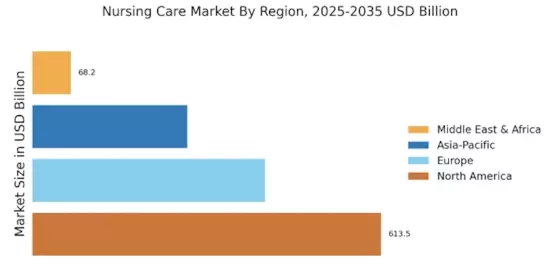
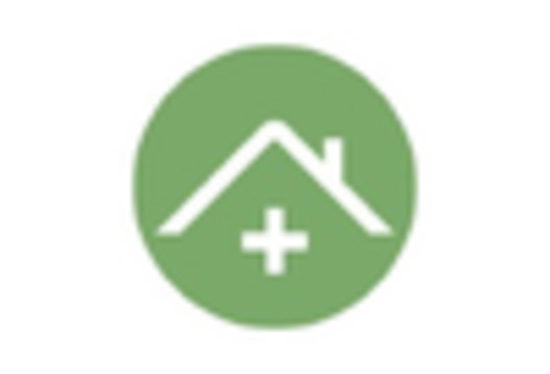

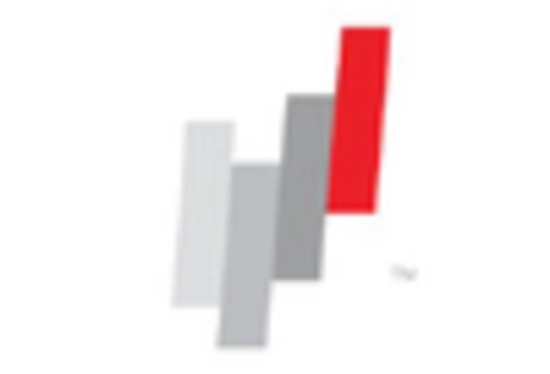
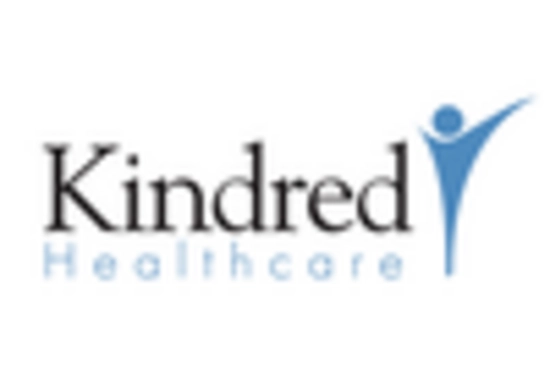

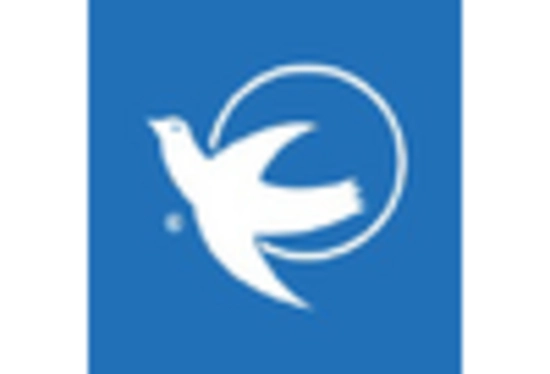








Leave a Comment